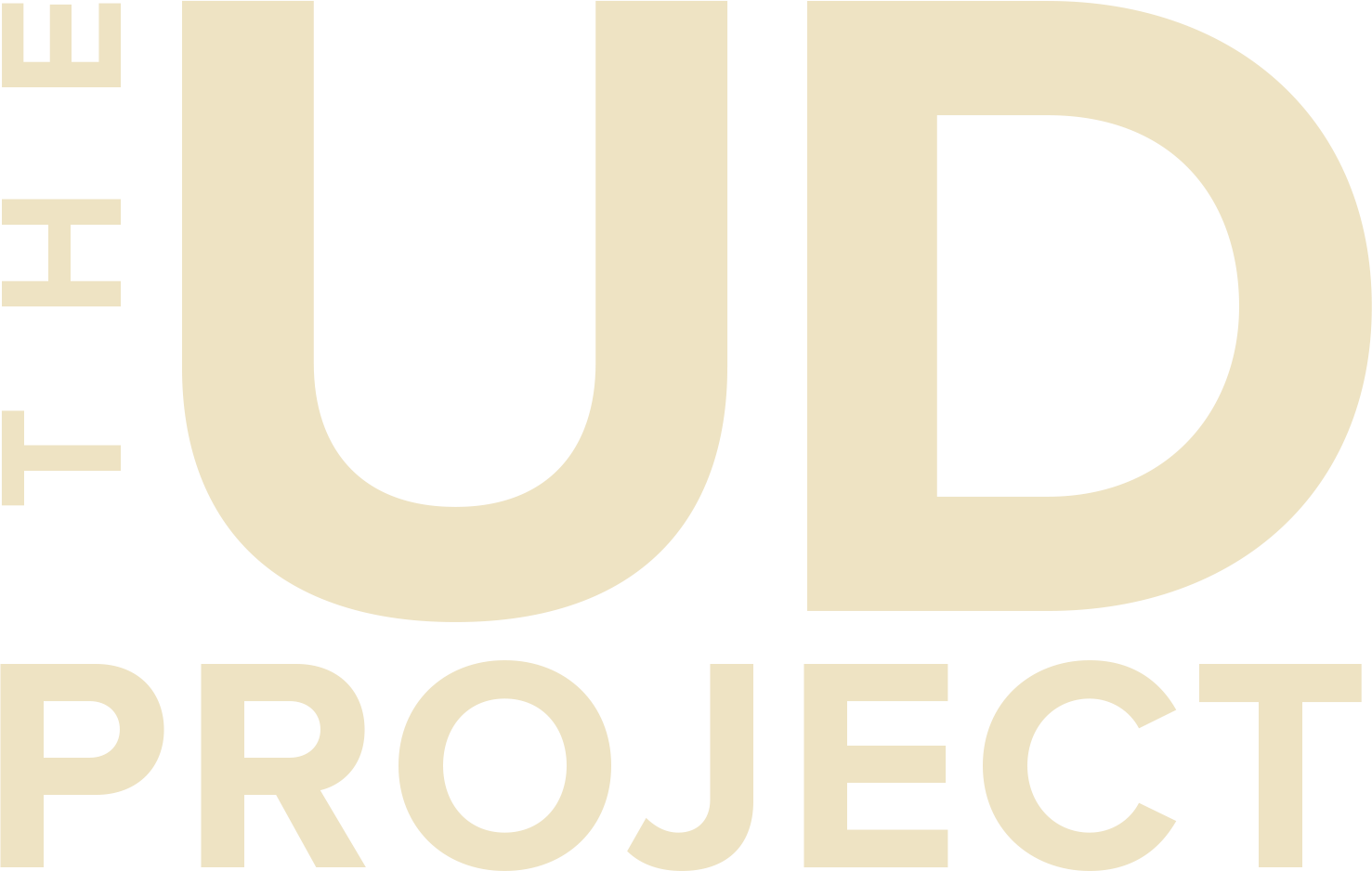Despite universal design being a “thing” since the 1980s, there is still widespread confusion about it today, which we believe is largely due to people not fully understanding the depth of what it means.
If someone hasn’t heard of universal design, the first association is almost always “design for people with disabilities.” We can’t fault that, but it’s short-sighted. Let’s look at why this occurs, starting with the definition of universal design:
Uni·ver·sal De·sign
(noun) design that’s usable by all people, to the greatest extent possible, without the need for adaptation or specialized design.
Ron Mace, 1985
For sake of this article, I’m going to substitute “accessible to” for “usable by.” The intended meaning of the definition remains essentially the same.
design that’s accessible to all people, to the greatest extent possible, without the need for adaptation or specialized design.
Universal design is accessible.
Many people disassociate from thinking anything “accessible” applies to them because of the misconception of it only being useful for people with disabilities. Please note that the definition doesn’t mention disability:
Ac·ces·si·ble
adjective: capable of being reached; capable of being used or seen; capable of being understood or appreciated.
Merriam Webster
When something is accessible to everyone, it becomes obvious that the immediate beneficiaries are people who are typically excluded. This is why universal design is commonly associated with something for people with disabilities. It’s important to recognize the diversity of functional issues that are present in our society in order to understand that universal design is indeed accessible… to everyone.
Accessible design is rarely universal.
This is also important to understand. Accessibility always has an object. If you look at the definition of accessible again, try putting a “by” after each phrase, e.g.:
capable of being reached by: ________
capable of being used by: ________
capable of being understood by: ________
If you can fill in one of those blanks with a person, or a group of people, but not “everyone,” then whatever is accessible to some is not universally accessible.
“Okay, I see the difference. So what?”
The “accessible” design that’s most commonly found in our communities, even if seemingly implemented well, typically only addresses minimum requirements set forth by law. This has resulted in a “separate but equal” approach to accessible design, which isn’t appealing to everyone, and thus tends to only have utility for individuals with disabilities (Young, Van Oss, & Wagenfeld, 2014). While universal design sounds more appealing in conversation, it’s still rare to see it in practice.
There’s also an issue with branding. Many people, particularly outside of academia, still perceive universal design as “a trendy synonym for compliance with the Americans with Disabilities Act Standards for Accessible Design” (Preiser & Ostroff, 2001, p.1). This confusion between universal design and accessible design can partially be blamed for universal design not gaining significant traction in the marketplace. Here are some terms that add to the confusion:
Terms that get confused with universal design:
ADA Accessibility
The ADA is a piece of legislation with specific requirements. In intent, it actually does a pretty good job of including people affected by disability in society, but it’s poorly enforced and only applies to public accommodations (not private residential housing). The big difference, compared to universal design, is that the ADA allows for segregation (i.e., design options for “people with disabilities” alongside options for “everyone else”).
Handicapped Accessibility
Accessibility for “the handicapped” (yuck) is an old way of thinking about design. It’s segregating at its core, and you won’t find many people who like being called “handicapped” because of a focus on deficits. In contrast, universal design is accessible to everyone, without the need for labels.
Aging in Place
This term is popular in the housing industry, mostly for members of the aging baby boomer generation who want to stay at home instead of moving into a “facility.” It has a lot of similar intentions to universal design, but is tailored to older adults. In contrast, universal design isn’t age-specific.
Visitability, Easy Living
Visitability is term is specific to housing designed to be visited by people who have trouble with steps or who use wheelchairs or walkers. It has 3 requirements: one zero-step entrance, 32″ doorway clearances, and one accessible bathroom on the main floor. Easy Living adds a bedroom on the main floor. In contrast, universal design provides access to everything.
Livable Design, Better Living Design, Design for Life, SAFERhomes
These are terms specific to organizations that focus on universal design for residential homes, largely for branding purposes. More info can be found at their respective websites: Livable Design (USA), Better Living Design (USA), Lifemark / Design for Life (New Zealand), SAFERhome (Canada).
Inclusive Design, Barrier-Free Design, Design for All
These are other terms that essentially have the same meaning as universal design. Some disagree, but for sake of not muddying the waters even more, we’re not going to present an argument because the issues are minor.
More education is needed.
Not only can language be confusing, but there is a lack of awareness of what is actually possible with design because it hasn’t fully been explored.
Here at The Universal Design Project, we posit that a big part of solving this problem is education, but it has to be experiential. Giving presentations and writing articles (like this one) will only go so far, which isn’t far enough for widespread social change.
Our belief is that people have to:
- Experience universal design before they fully:
- Understand universal design, which is important before people will:
- Want universal design and the change it can bring to their community.


Leave a Reply